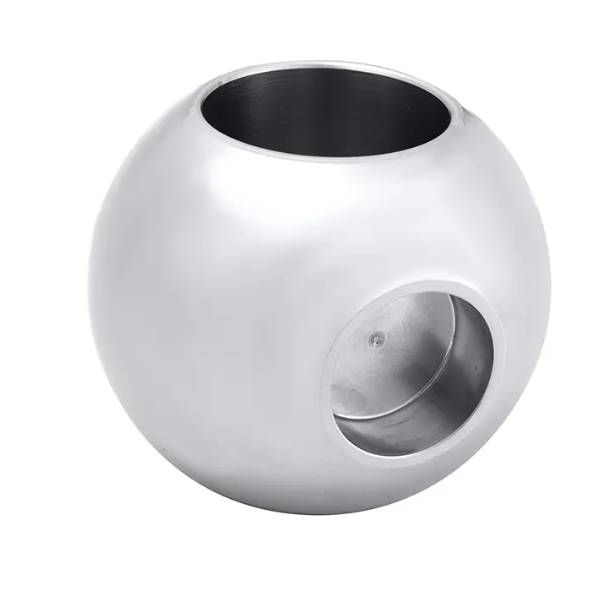Fixed ball valves are engineered to provide a secure method of flow isolation and control in a wide range of systems. The main distinguishing factor in their design is the supported ball, which is held in position by trunnions at the top and bottom. This feature reduces unwanted movement and helps maintain a tight seal, even under fluctuating pressure conditions.
One of the main uses for fixed ball valves is in pipeline systems where consistent sealing and reliable actuation are required. Their design helps reduce torque, making them suitable for motorized or gear-operated applications. This can be particularly valuable in automated systems that require frequent valve cycling.
Materials and finishes for fixed ball valves vary depending on the intended use. In food-grade systems, sanitary versions with polished surfaces are available. For more rugged uses, such as mining or oil pipelines, valves are made from tougher alloys and include anti-corrosion treatments.
The double block and bleed configuration is a common variant of the fixed ball valve. This allows the valve to isolate fluid in both directions and vent the cavity between the seals. This feature is used in processes that require maintenance or testing while the main line remains in operation.
Fixed ball valves are also favored for their minimal flow resistance. The full bore design ensures that media can pass through without restriction, which is helpful when maintaining pressure consistency is a priority. Combined with precision-machined seats and seals, these valves help maintain system performance over time.
Regular inspection is important for ensuring long-term functionality. While the valve body remains static, internal components may be subject to wear depending on the operating cycle and media composition. A maintenance schedule that includes seat inspection and seal replacement can extend service life.
Fixed ball valves continue to play a valuable role in industrial applications where safety, stability, and flow control are essential.
